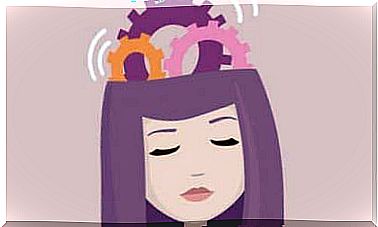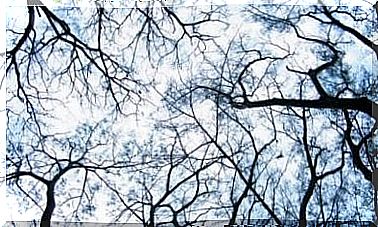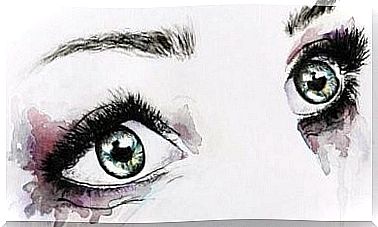Learn 4 Basic Steps To Start Meditating Now
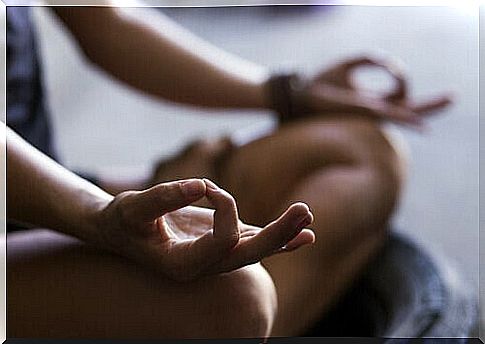
Do you want to start meditating, but you do not know how?
Conscious attention, meditation, mindfulness or Sati, as they call it in Pali, is a practice where we become aware of the various aspects of our experiences in the present.
To begin to meditate is to give ourselves the chance to become aware of how we move, feel (physically and emotionally), and how we respond or react to situations.
This quality of consciousness is in fact the foundation of all creative life. It allows us to be honest, pragmatic, alert, brave and active.
During so much of the day , we stop noticing what is happening around us and dedicate most of our mental resources to working on our thoughts, whether they are problems or positive things.
Somehow, we switch to autopilot and disconnect. We get dressed, shower or have breakfast and think about what to do when we get to work. So, our workday really starts long before we sit down in front of our computer or pick up our tools.
How can we begin to meditate?
To begin to meditate and reach a state of flow, where we fully concentrate on what is happening now, inside and outside us, there are many different paths.
One of the most well known and practiced methods is mindfulness. We can develop it through four basic steps:
- Full attention. It is about focusing our attention (without judging, defining or interpreting) on what is happening around us at a particular time. The sounds, the objects we see, what we feel, etc. Just observe.
- Creating a connection with your own thoughts and feelings. As we concentrate on what is happening around us, emotions and thoughts will emerge. We let them flow, we are aware of them and we accept them, but nothing more.
- Live in the now. We live in the present by being aware of it. By doing our daily activities with full awareness.
- Development of compassion. Compassion begins with loving oneself. Then we share this love with our loved ones and the rest of the world. Whether they are just acquaintances or even enemies.
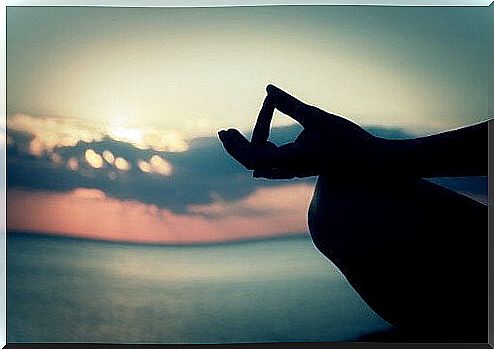
The mindfulness technique is a preparation process similar to other types of meditation. This is true because everyone demands the same situation.
They seek an awakening of our attention and a state of bodily relaxation. If you are interested, let’s move on to the key ideas of the process that will help us begin the meditation.
Body scan
The first idea is to make our body relax. That way we can take conscious breath and use a technique called “body scan” or body revision. Body scanning consists of exploring and noticing our own body. It starts with the feet before we go through the rest of the body.
We curiously notice the emotions we receive from each of the areas in which we focus our attention. Body scan can last between 5 and 20 minutes.
Once we have made this bodily sweep, we move on to center the meditative process in the present. We let what we need to work on enter our minds alone. We put ourselves in a position as an observer.
To center yourself in the present
We can achieve this focus on the present through exercises of attention to an object (any object, just observe it), and also on sounds (by listening to all the sounds we do not perceive when we are not in this state). Finally, on physical experiences (what we can feel in our body), among other things.
Avoid judgment and interpretation
Bringing attention to our minds and emotions from an observer’s perspective means receiving what our inner world wants to show us.
At this point , it is about not interpreting or judging. Everything that happens in us is normal and will teach us about ourselves.
These methods are evolving towards Tonglen and Metta. Tonglen and Metta refer to compassion, towards ourselves and others.
We focus on forgiveness, gratitude, appreciation and compassion for what we have, and for others.

Practical exercises to start meditating
To begin to meditate, we must consider several things. These are: breathing, senses, body, mind and daily activities. We can classify the exercises into five groups:
- Observation of current experiences. Live life as if we were looking at a painting. Observe specific details about it, with a smile if possible.
- Thought management. It is about welcoming visitors to all our minds.
- To act with full awareness. To do the activities we should do one by one. To be concentrated on what we do, for example by slowing down some activities.
- Approval and detachment. We assume that everything is in a process of constant change and transformation. That nothing is immutable.
- Compassion and self-compassion. We treat ourselves like a child’s caring mother, and remind ourselves that everything will pass.
Observation of present experiences
One of the most famous exercises is the one with the raisin. With a raisin in our hands, we observe its shape, texture, color, smell, etc.
Once we have explored it, we eat it slowly, and also collect observations about it through the mouth. In this way, we focus our attention on the current experience of observing and eating a raisin.
Other exercises we can use to meditate are STOP and RAIL, which in English consist of these abbreviations:
- S / Stop!
- T / Grasp and achieve full awareness of the whole moment.
- O / Observe what you think, feel and do.
- P / Participates and act consciously.
- R / Recognize the experience.
- A / Accept it.
- I / Invest the experience.
- L / Let yourself be free, do not identify yourself.
Thought control
For thought control we can carry out the following exercises:
- Marking of thoughts. It is about naming the ideas that emerge during the process.
- Spin the cycle. This refers to setting aside a specific and agreed time period for our thoughts. For example, an hour in the morning.
- My discussion with Socrates. This means doubting everything we accept. In this way we can identify the thoughts we have adopted without first reflecting on them.
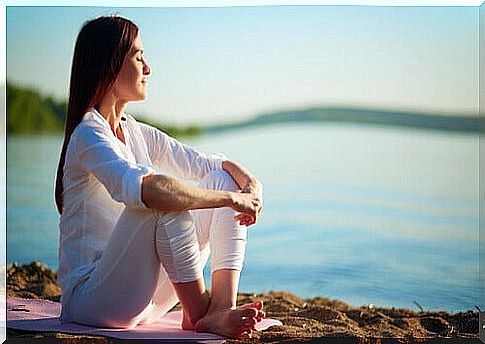
To act with full awareness
This is to write down the activity we do on a piece of paper. We write down the degree of effective presence in that activity (0-100), and what other activities we do at the same time.
That way we get an overview of the attention we give to what is happening and what we are doing.
Approval and release
We can develop this through Dave Bruno’s 100 thing challenge (2010). It consists of detaching oneself from things, because it is more useful to take care of moments than things.
We can practice detachment from assets, but also from potentially harmful conditions.
Compassion and Self-Compassion
We can perform the exercise in this way:
- Morning ritual. When we wake up, we repeat this: “Today I feel grateful that I have woken up, that I am alive and that I have a valuable human life. And I do not want to waste it. I will use all my energy to develop myself. To expand my heart towards others. To attain enlightenment for the benefit of all beings. ”
“I will have good thoughts towards others. I’m not going to get angry or think badly of other people. I want to be as great an advantage to other people as I can. ”
- Similarities with others. It consists of not focusing on differences. That’s what we usually do. Instead, we find similarities, because we have them.
Let us think about how we all look for the same things: happiness, avoiding pain, sadness, loneliness and desperation. We also want to meet our personal needs and learn from life. From that point of view, let’s try to get closer to each other.
These are the basic exercises that can serve as a reference for anyone who wants to start meditating.
As you can see, they are very simple, especially if you think about how much good they will do for you. Start today!
Bibliographic references.
Kabat-Zinn, J. (2006), Mindfulness For Beginners , Sounds True
Simón, Vicente. (2014), Learn a practicar mindfulness , Sello editor, Barcelona.
Teasdale, J., Williams, M., and Segal, Z. (2006), The Mindful Way. The Guilford Press
